Kriegsmarine Officer Ranks Coastal Artillery Field Cap without Soutache
SKU: 21.GOR.01.03.03.01.003
Estimated market value:
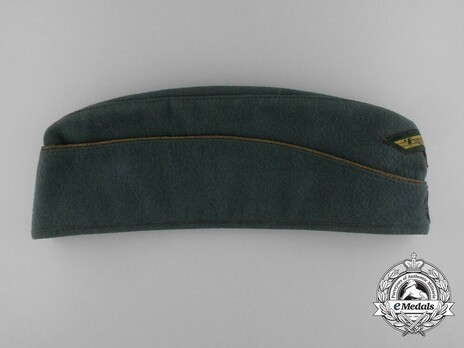
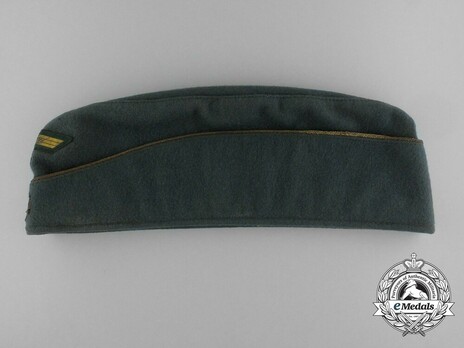
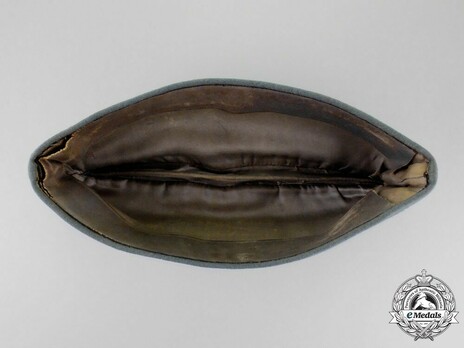
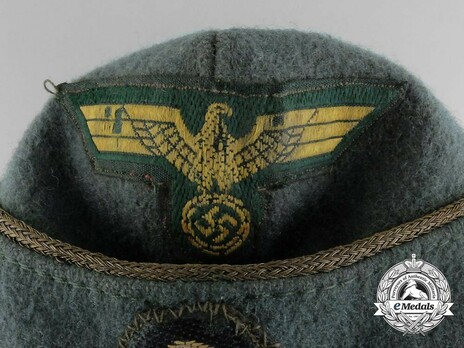
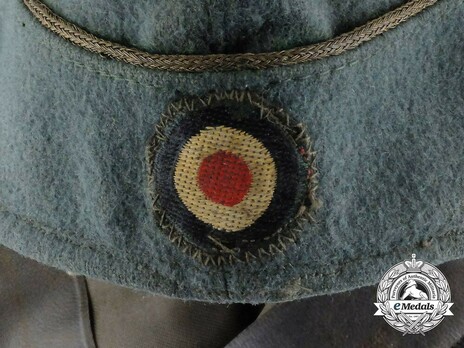
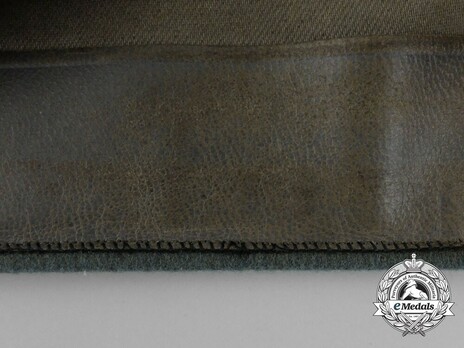
Estimated market value:
Attributes
History
The headgear and uniforms worn by members of the Kriegsmarine were based upon the designs utilized by the Kaiserliche Marine and the Reichsmarine. The official regulations governing the uniforms of the Reichsmarine were issued on April 5, 1921, and they were embraced, with a few alterations, as the Kriegsmarine uniforms in 1935. New guidelines concerning rank insignia were issued in 1936.
This Cap was originally worn by Non-Commissioned Officers and enlisted men who served as land crew in coastal artillery and naval transport units of the Kriegsmarine. The cap was originally launched in 1935, but in 1939 a new design was introduced and meant to phase out the “old pattern field cap,” also known as the "Klappmütze" design, by 1942. Instead, the old pattern was worn with some additional rank identifying elements until the end of the Second World War. A new design for the cap design called “Bordmütze,” and additional regulations for Officer and Senior Non-Commissioned Officer rank caps, were introduced in 1939.
The Officer and Senior Non-Commissioned Officer caps were composed of field-gray doeskin wool, and the generally have an interior lining made from rayon (artificial silk). Also, in 1940, Gewebelitze (cord piping) was added along the tops of the side skirts of caps worn by Officers and Administrative Officials with the rank of Officers. The cords for Officers are gold-coloured, while the cords for Administrative Officials are silver-coloured.
The caps worn by Non-Commissioned Officers and enlisted men were composed of the heavy material known as “blusentuch,” and feature interior lining made from gray twill cloth.
These caps did not officially feature a sweatband. Although, there are examples of privately manufactured caps with a section of sweatband along the forehead.
Each cap was adorned with at least two official insignia, including a tricolour cockade at the epicentre of the side skirts, and a national emblem above it, on the centre seam. These insignia were worn on field-gray or dark green rayon backing. From 1935 to 1942, a yellow Soutache braid was placed at the epicenter of the side skirts, at a 90-degree angle, above the cockade.
For the caps of Officers, the cockade was made from bullion wire. And while the regulations stated that the national emblem should be composed of gilt bullion or celleon, some Officers chose to use machine-woven or nylon national emblems on their caps.
For the caps of NCOs and enlisted men, the cockade was made from machine woven thread, and the national emblem was also made from yellow machine woven thread.
Unofficial insignia, known as tradition badges (Erinnerungsabzeichen), were also worn on these caps. Due to the unauthorized nature of these badges, there are hundreds of known variations. The badges were associated with Armed Forces units, and while regulations prohibited their use, the badges were often allowed for wear onboard ships because they fostered comradery between personnel.
This cap was also known as the Garrison Cap.

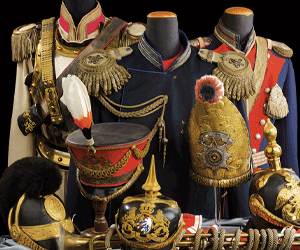
Comments
Sign in to comment and reply.


Scroll Top